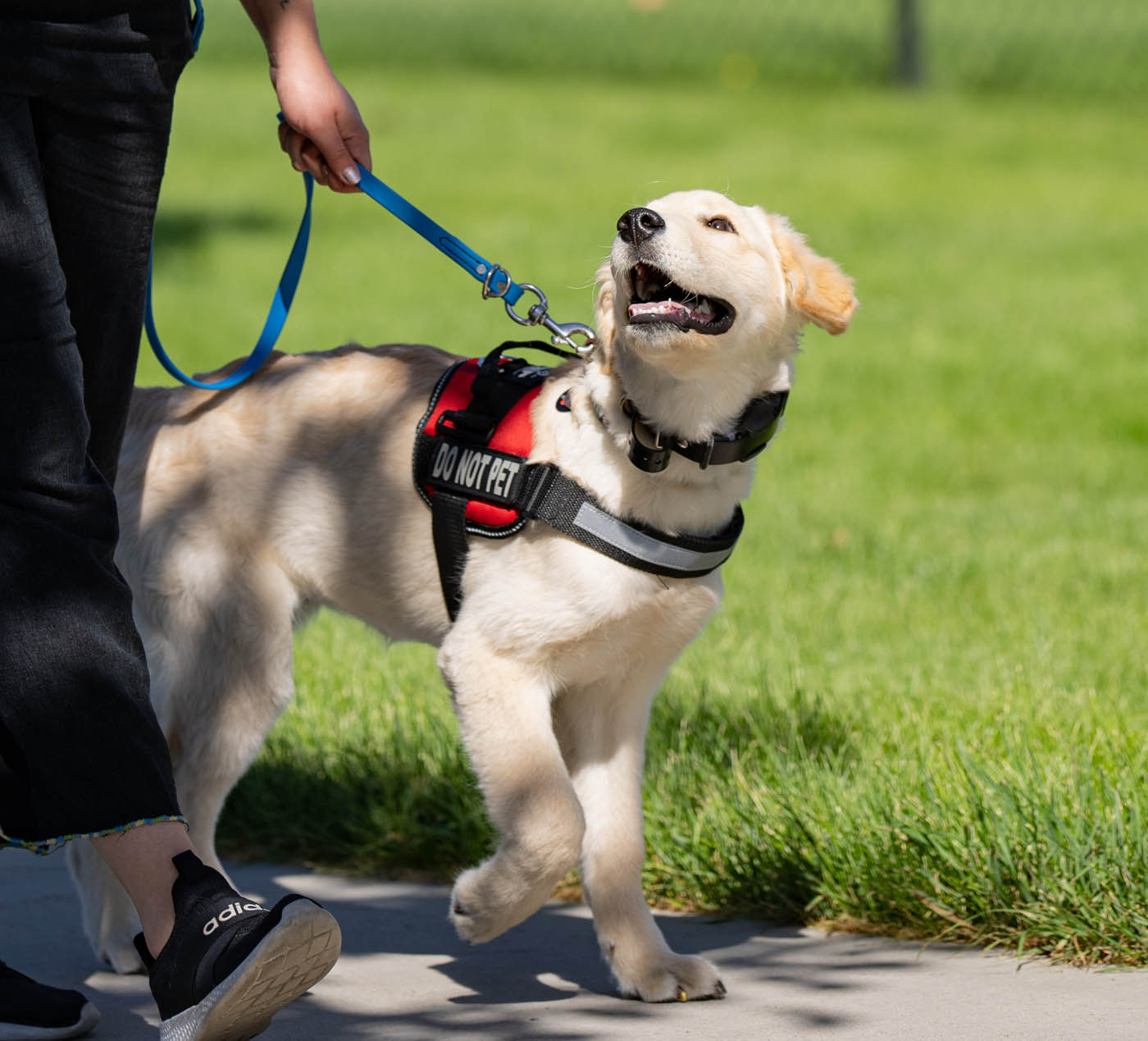Usual Puppy Training Mistakes and Just How to Stay clear of Them
Usual Puppy Training Mistakes and Just How to Stay clear of Them
Blog Article
Explore the Different Sorts Of Canine Training Available for Your Furry Good Friend
Recognizing the different types of pet training is important for improving your canine buddy's behavior and cultivating a more powerful bond. From fundamental obedience to innovative strategies such as agility and aroma job, each training approach provides unique benefits tailored to both the pet's and owner's requirements.
Standard Obedience Training
Basic obedience training lays the structure for a well-behaved dog, setting the phase for an unified partnership in between pet and owner. This essential training concentrates on training pets essential commands such as sit, remain, come, down, and heel. These commands not only improve interaction but likewise advertise safety in different settings.
The training procedure commonly begins with positive support strategies, where rewards such as deals with or appreciation are used when the pet successfully complies with a command. This strategy encourages a positive knowing ambience, ultimately promoting trust between the dog and the owner. Consistency is vital; routine method ensures that the pet keeps commands over time.
Moreover, fundamental obedience training aids to resolve typical behavior problems, such as leaping, barking, or drawing on the chain. By developing clear borders and assumptions, owners can reduce undesirable habits and improve their pet dog's socializing skills.

Advanced Training Techniques
Advanced training techniques build upon the fundamental abilities established in basic obedience training, offering a path to improve a pet dog's capabilities and responsiveness. These techniques frequently include specialized abilities and commands, enabling pets to do jobs that require higher degrees of concentration and intelligence.
One preferred method is dexterity training, where pets browse barrier training courses, enhancing their physical control and mental intensity. This not only gives physical workout but additionally reinforces the bond between pet dog and handler via synergy and interaction.
One more innovative strategy is scent job, which taps into a pet's all-natural olfactory abilities. This training urges pets to determine and find details aromas, enhancing their focus and analytic abilities. Such tasks can be especially beneficial for types predisposed to monitoring.
Solution pet training is another crucial location, where canines find out to aid people with impairments. This training requires a high level of obedience and specialized abilities customized to the particular demands of their trainers.
Therapy Methods
Efficient canine training expands past educating commands and abilities; it also incorporates therapy techniques that deal with unfavorable habits. These methods are necessary for remedying problems such as aggression, extreme barking, and splitting up anxiety, making certain a harmonious connection in between canines and their owners.
One extensively recognized strategy is positive support, which entails gratifying preferred habits to motivate their reoccurrence. This method works in reinforcing great routines while minimizing worry or stress and anxiety in the pet. On the other hand, aversive methods, such as penalty or negative support, are usually inhibited by specialists you can try these out because of their potential to develop anxiety and anxiousness, resulting in more behavior troubles.
An additional crucial approach is desensitization, which progressively exposes dogs to the stimulations that provoke unwanted behaviors in a regulated fashion. This procedure assists pet dogs find out to continue to be calm and composed in situations that would normally set off anxiety or hostility.
Counter-conditioning is frequently made use of combined with desensitization, where the pet dog discovers to associate positive experiences with previously unfavorable stimulations. Both methods need persistence and uniformity, making them efficient devices for achieving lasting behavioral change. By utilizing these therapy methods, pet dog proprietors can cultivate a satisfied and well-adjusted canine friend.
Specialized Training Programs
In the realm of pet dog training, specialized training programs satisfy particular needs and objectives, supplying customized strategies that boost a canine's capacities and address distinct challenges. These programs are made for numerous functions, consisting of service dog training, therapy canine prep work, and click here for more info even affordable sports training.
Solution dog training concentrates on furnishing pets with the abilities necessary to aid people with impairments, such as directing visually impaired owners or alerting to medical emergencies. This training is extensive and typically requires a combination of obedience, socialization, and particular task-oriented skills.
Treatment dog programs intend to prepare dogs for emotional support duties in medical facilities, institutions, and assisted living home. These pets should exhibit peace, sociability, and a mild behavior, ensuring they can give convenience to those in distress.
Furthermore, affordable sporting activities training, such as agility or obedience trials, stresses fitness, accuracy, and synergy between the canine this hyperlink and handler. These programs demand a high degree of commitment and practice, cultivating a strong bond while developing the pet dog's sports capacities.
Enjoyable and Interactive Training Activities
Exactly how can pet training be both effective and enjoyable? The response exists in integrating fun and interactive training activities that stimulate your pet's mind while strengthening important abilities. Involving your dog via play not only strengthens the bond in between you and your fuzzy good friend but likewise boosts their learning experience.
One efficient method to achieve this is via agility training, where dogs navigate barrier programs that test their physical and psychological abilities. This activity motivates problem-solving and improves sychronisation, making it a superb choice for active breeds. Another option is utilizing challenge toys that give treats, which can maintain your pet dog mentally encouraged and engaged to learn.
In addition, including video games like fetch or hide-and-seek can make training sessions extra dynamic. These activities urge the canine to respond to commands in an enjoyable context, advertising obedience while allowing for social interaction.

Final Thought
In final thought, different types of canine training are vital for improving canine habits and promoting a solid human-animal bond. Discovering these varied training choices equips pet dog owners with the tools necessary to cultivate well-shaped, delighted, and loyal buddies.
Comprehending the various types of canine training is necessary for boosting your canine companion's actions and cultivating a more powerful bond. From fundamental obedience to sophisticated techniques such as dexterity and scent work, each training technique uses special benefits customized to both the pet's and proprietor's needs.Standard obedience training lays the structure for a mannerly pet, establishing the phase for an unified connection between pet dog and owner.The training procedure normally begins with positive reinforcement techniques, where rewards such as treats or appreciation are supplied when the dog effectively follows a command.In conclusion, various kinds of canine training are essential for boosting canine actions and promoting a solid human-animal bond.
Report this page